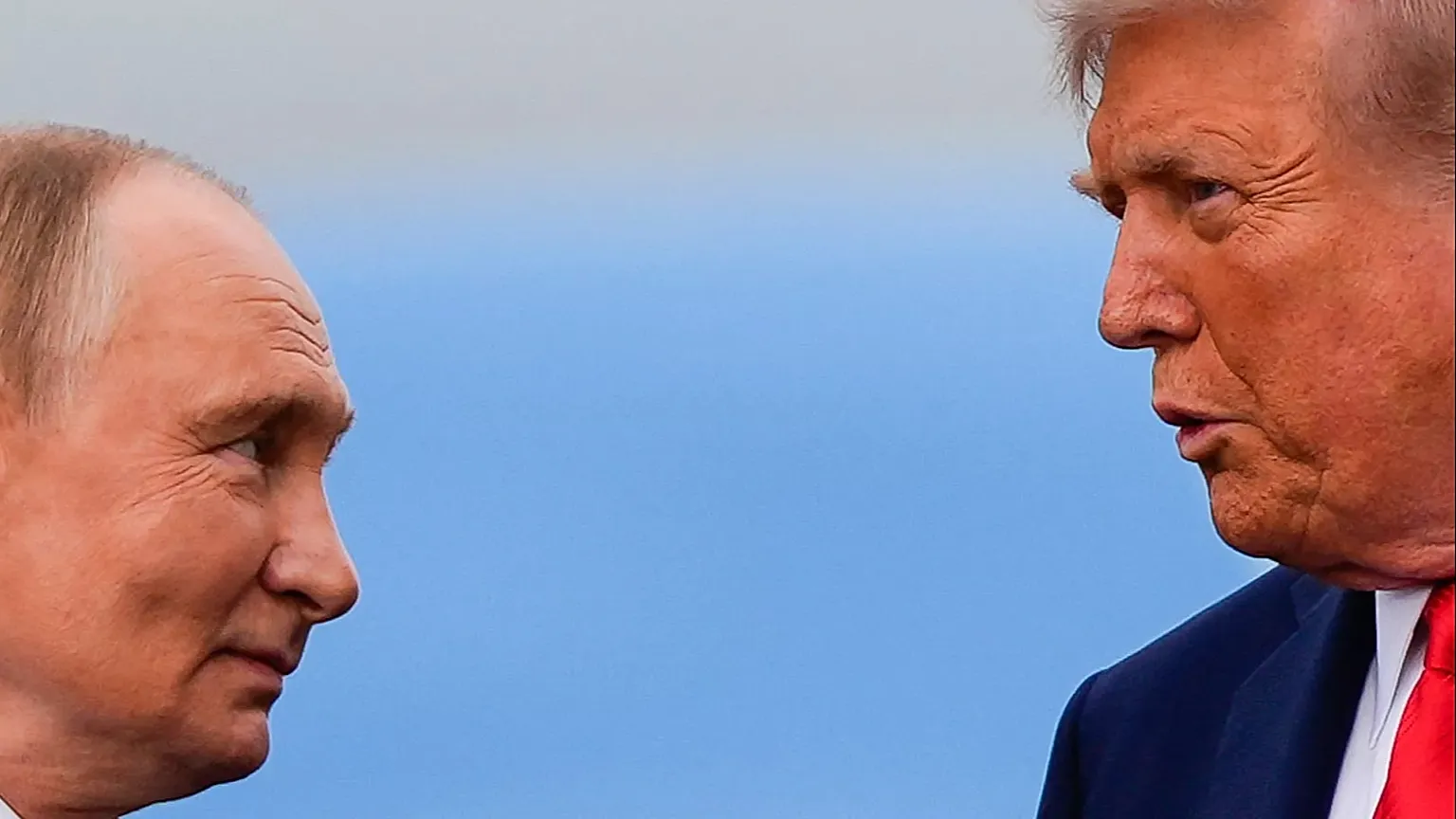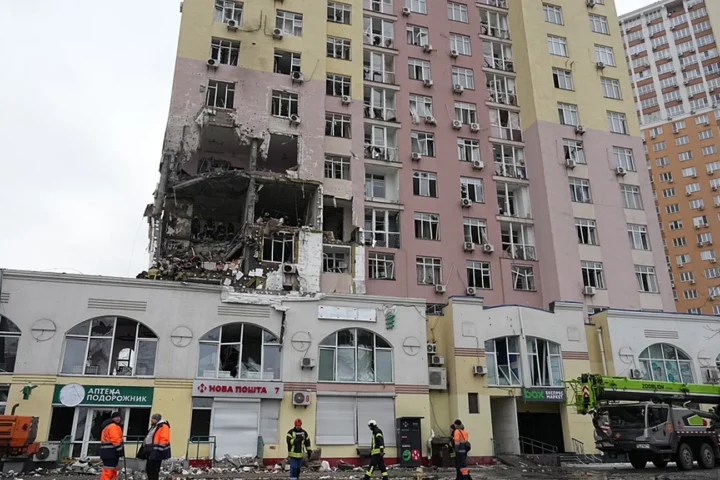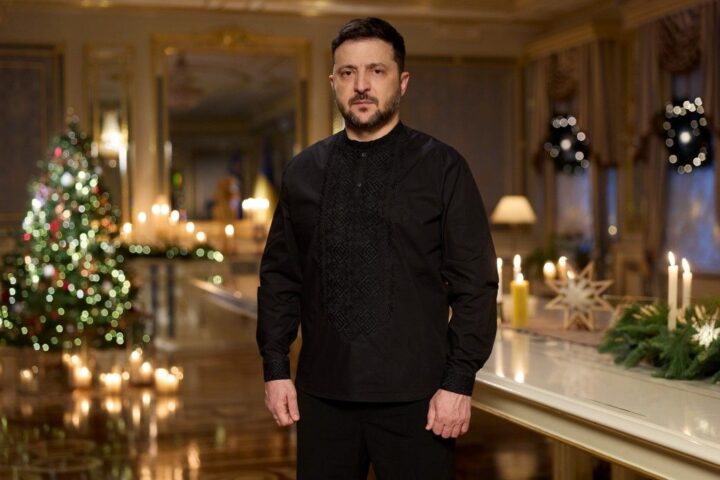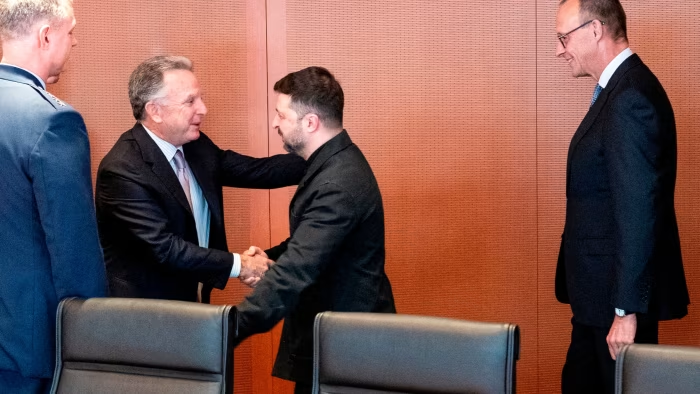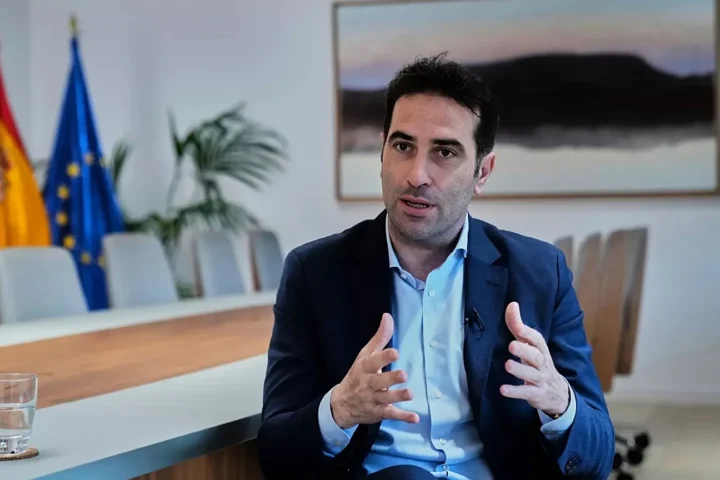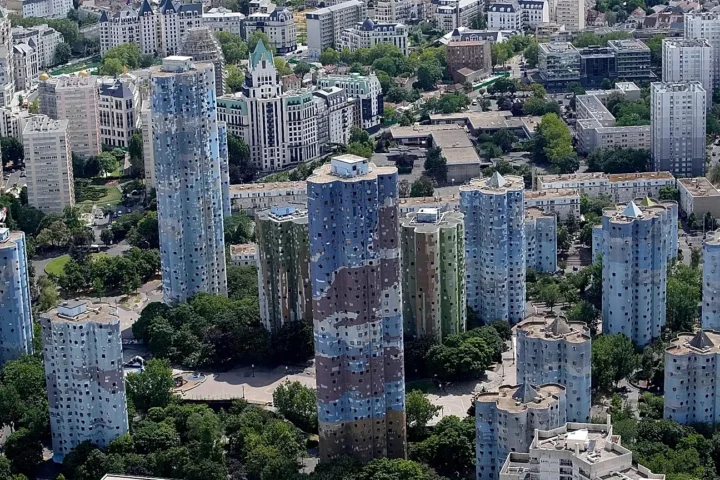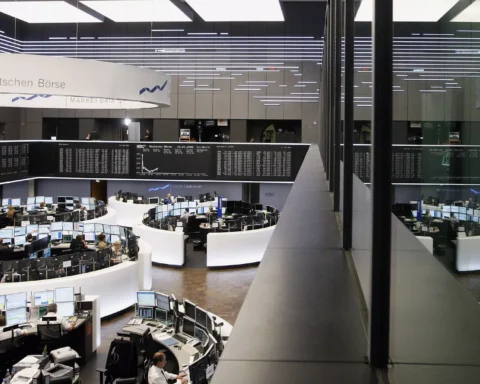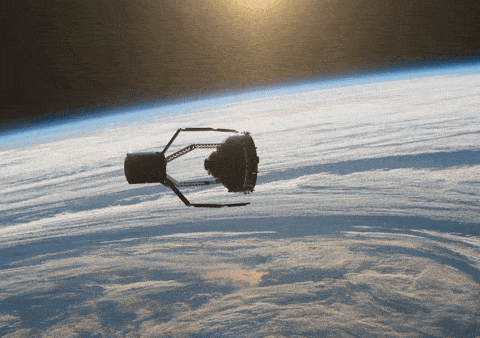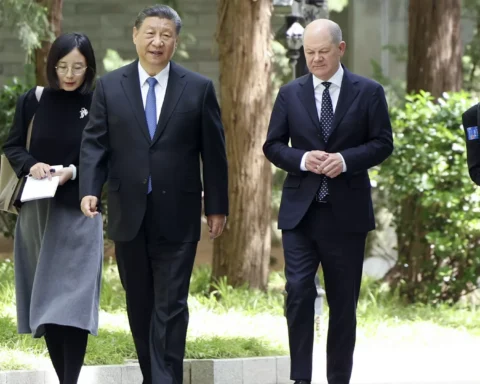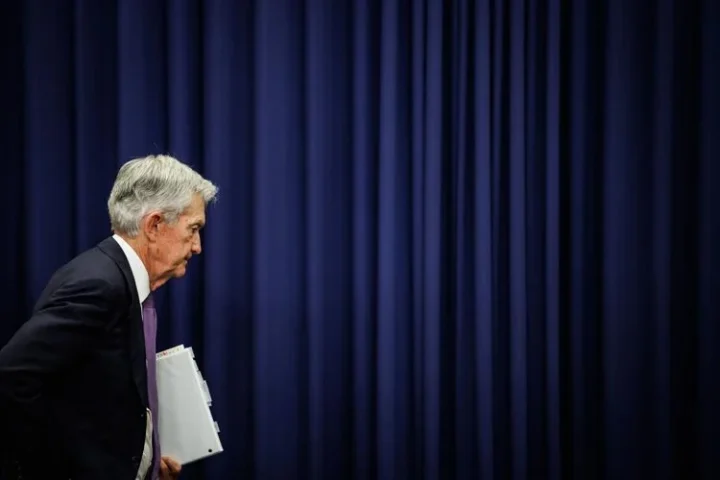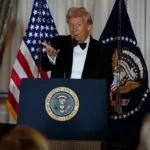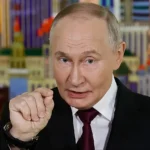A Trump–Putin meeting has long been a topic of global speculation, but recent developments make one thing clear: a face-to-face meeting between Donald Trump and Vladimir Putin is unlikely in the foreseeable future. Although Trump has at times signaled openness to re-engage diplomatically with Russia, the geopolitical landscape, domestic political constraints, and the war in Ukraine have made such a summit nearly impossible—at least for now.
This article explores the political, military, and economic reasons why a meeting isn’t happening anytime soon—and what conditions would have to change before dialogue could even be considered again.
Frozen Diplomatic Channels
Communication between Washington and Moscow has deteriorated to levels not seen since the Cold War. High-level military hotlines remain open solely to prevent accidental escalation, but diplomacy is virtually frozen. Unlike previous periods of U.S.–Russia tension, there is no active negotiation framework in place—not on arms control, not on cyber security, and certainly not on Ukraine.
- The START nuclear treaty framework is collapsing.
- Russian diplomats are largely isolated from Western forums.
- U.S. sanctions have cut most economic bridges.
In such an environment, a summit would signal thawing—but neither side is willing to offer concessions to warrant it.
The Ukraine Factor: A Red Line
The ongoing war in Ukraine is the single biggest obstacle to any Trump–Putin dialogue. Regardless of campaign rhetoric, any U.S. president is bound by alliances, and America’s NATO partners would strongly oppose any engagement perceived as rewarding Russia’s military aggression.
Even if Trump returns to office, he will face enormous pressure:
- From European governments, especially Poland and the Baltics.
- From the U.S. military and intelligence community.
- From bipartisan members of Congress wary of Russian influence.
Unless there is a ceasefire or major shift in battlefield dynamics, diplomacy remains politically radioactive.
Domestic Politics Makes It Impossible
Trump’s critics have long accused him of being soft on Russia, a narrative reinforced by the media and political opponents during his first term. Any meeting with Putin now would ignite a political firestorm in Washington, especially with multiple ongoing investigations and heightened scrutiny around foreign interference.
Key risks:
- Accusations of back-channel diplomacy.
- Congressional backlash.
- Damage to U.S. credibility within NATO.
Unless Trump can frame a meeting as part of a major diplomatic breakthrough, the political cost far outweighs the benefit.
Moscow Sees No Reason to Talk—Yet
From Russia’s perspective, time is on its side—or so the Kremlin believes. Putin sees Western backing for Ukraine weakening and expects political fatigue to keep rising in Europe and the United States.
Russia’s strategic posture:
- No intention of negotiating without territorial guarantees.
- Confidence that U.S. attention is shifting toward China and the Indo-Pacific.
- Belief that Western unity is beginning to fracture.
Why would Putin meet Trump now, when any serious negotiation could be delayed until after future U.S. elections or geopolitical developments?
Economic Pressure May Eventually Force Change
While diplomacy seems dead today, economic realities could change calculations. Russia continues to rely heavily on energy exports and faces increasing pressure due to sanctions on oil, LNG shipping, and advanced technology imports. Meanwhile, America is dealing with inflation, war fatigue, and rising Middle East tensions. Economic necessity—not goodwill—could eventually push both sides toward talks.
Conditions Needed for a Future Meeting
A Trump–Putin summit could become realistic only if several conditions align:
| Requirement | Likelihood | Timeline |
|---|---|---|
| Ceasefire or frozen conflict in Ukraine | Moderate | 2025–2026 |
| NATO security guarantees to Eastern Europe | Likely | Short to mid-term |
| U.S. domestic political stabilization | Low | Uncertain |
| Sanctions negotiation framework | Low | Long-term |
| Arms control talks resume | Possible | 2026+ |
Conclusion: Diplomacy on Hold, But Not Dead
A Trump–Putin meeting isn’t happening any time soon—and the idea is currently more fantasy than strategy. The Ukraine war, election politics, and global power realignments make such a summit too costly and too risky. However, history shows that even bitter rivals eventually talk—not out of friendship, but out of necessity.
If the war in Ukraine reaches a stalemate, if global economic pain intensifies, or if geopolitical crises demand a U.S.–Russia backchannel, a future summit may return to the table. But today, both sides are playing for time—and the world continues to wait.
